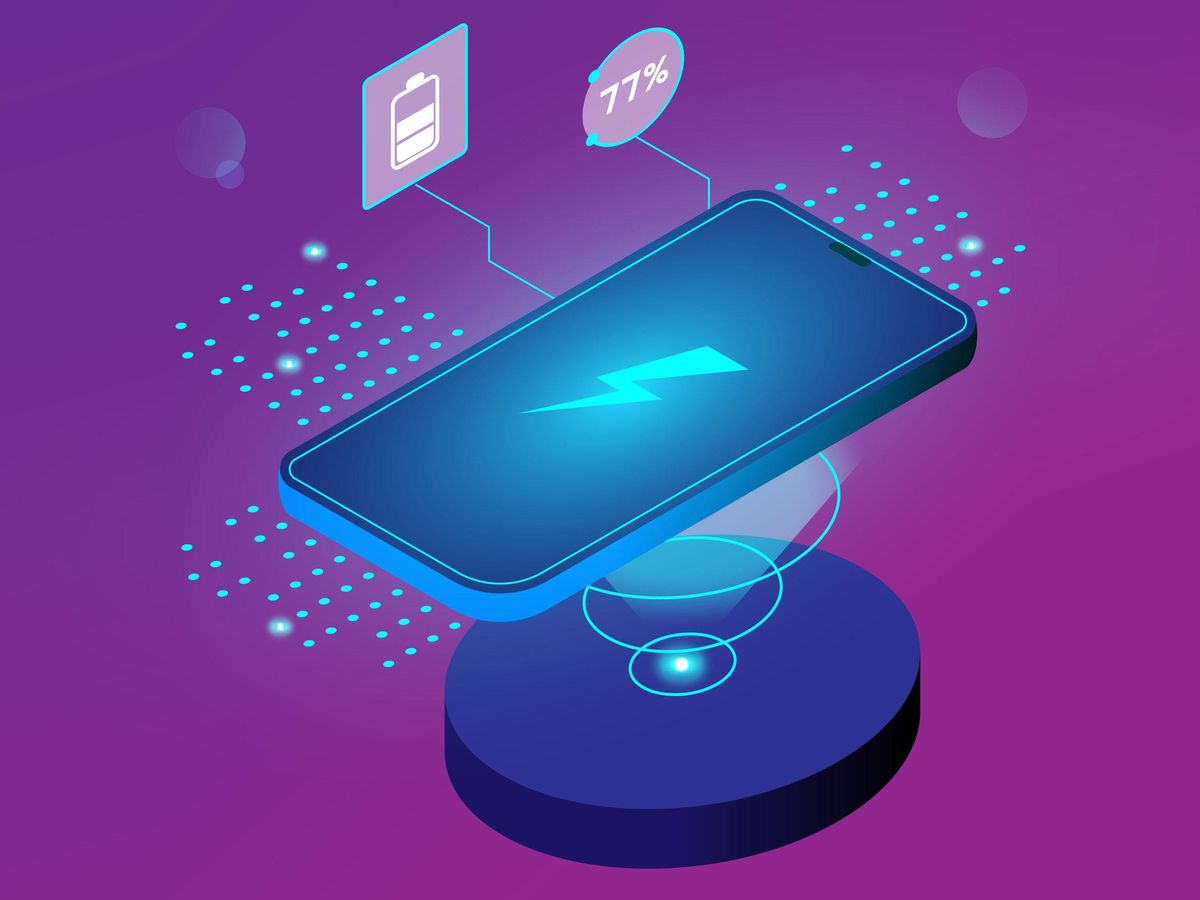This article is part of our exclusive IEEE Journal Watch series in partnership with IEEE Xplore.
Many people are eagerly looking forward to the day they can stop sifting through a pile of old charging cables to find the one they need. But despite the current success in wirelessly charging small devices like phones, there are several technological challenges that need to be addressed before we can go completely wireless—particularly when it comes to electronics that are more power hungry.
In a study published 23 January in the IEEE Journal of Emerging and Selected Topics in Power Electronics, experts in the field outline some ways to overcome these barriers, which include transferring more energy at higher frequencies and optimizing charging efficiency without overheating batteries.
Shu-Yuen Ron Hui, a professor at the school of electrical and electronic engineering at Nanyang Technological University, was involved in the study and has been working for decades to standardize wireless power transfer (WPT) technology. Hui says the initial WPT standards released in 2010 simply focused on ensuring that transmitters from one company were compatible with receivers from another company. “However, optimal performance such as maximum efficiency and minimum charging time was not top priority,” he notes.
One major hurdle in achieving high efficiency with WPT is the thermal limit of batteries. Typically, batteries require a constant input of voltage and current to be charged, but this can heat up the battery to dangerous levels. For safety reasons, commercial battery chargers will reduce or even stop the charging current when the battery surface temperature reaches its upper limit (typically 45 °C).
To address this issue, Hui and his colleagues developed a new temperature-regulated current-control technique that decreases the charging time without overheating the battery. If this technique is widely adopted by manufacturers of WPT electronics, it could help increase the charging efficiency of the technology.
A second challenge is transferring more power at once. WPT technology transfers power using an electromagnetic field, and more power can be transferred in a given time frame using higher electromagnetic frequencies. However, this requires hardware that can control the transfer of power at exceptionally high speeds.
Whereas existing gate drivers have a latency of about 100 nanoseconds, Hui has developed one with a latency of just 6 ns. The new gate driver, codeveloped with Hui’s colleague Cheng Zhang, at the University of Manchester, also achieves soft-switching. This is a technique that reduces switching loss and stress in the power switches, allowing the use of the gate driver at much higher frequencies. Currently, most WPT power inverters operate at less than 1 megahertz, but the team’s recent invention can go up to tens of megahertz.
In their paper, the researchers highlight one other key way in which to optimize WPT technology. They call on manufacturers of transmitters to incorporate efficiency-tracking technology that can help optimize the charging process. One method recently developed by Hui’s team can control transmitters to follow the maximum efficiency operating point of the WPT system dynamically as the battery is being charged. As a result, the WPT system efficiency is optimized for the entire charging process.
Together, these new technologies could open a new era for WPT technology. Currently, standards are in place for charging small devices, such as mobile phones, that require 15 watts or less, and plans are underway to create standards for medium-power devices that require about 200 W, such as portable tools, electric bikes, and notebook computers.
But the groundwork still needs to be laid for bigger, more power-hungry electronics, and Hui and his colleagues plan to keep forging ahead.
“We are currently looking for an industrial partner to develop and evaluate the ultrafast gate-drive circuits [we developed] that allow power inverters to operate up to at least 20 MHz,” says Hui, noting his team has also filed a patent for a printed WPT resonator with an operating frequency in the range of 1 megahertz to tens of megahertz, which could help electronics transfer wireless power in the range of hundreds of watts.
Michelle Hampson is a freelance writer based in Halifax. She frequently contributes to Spectrum's Journal Watch coverage, which highlights newsworthy studies published in IEEE journals.



